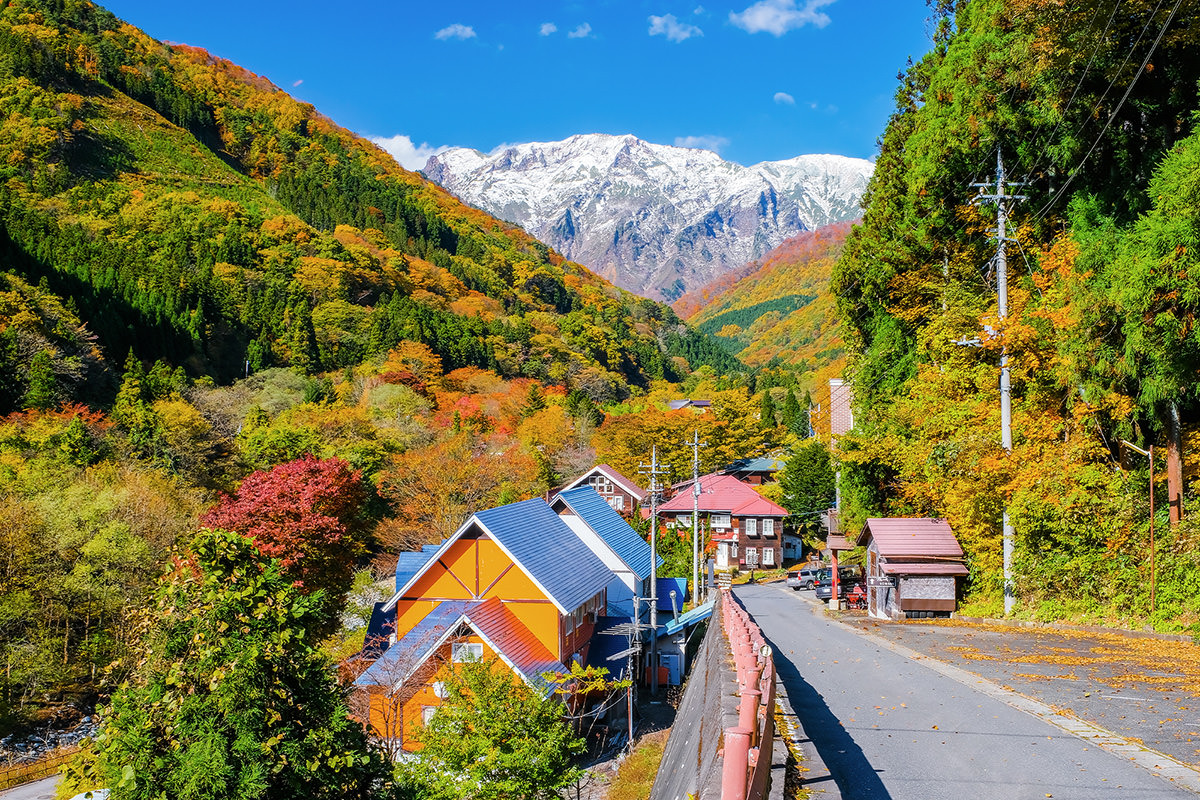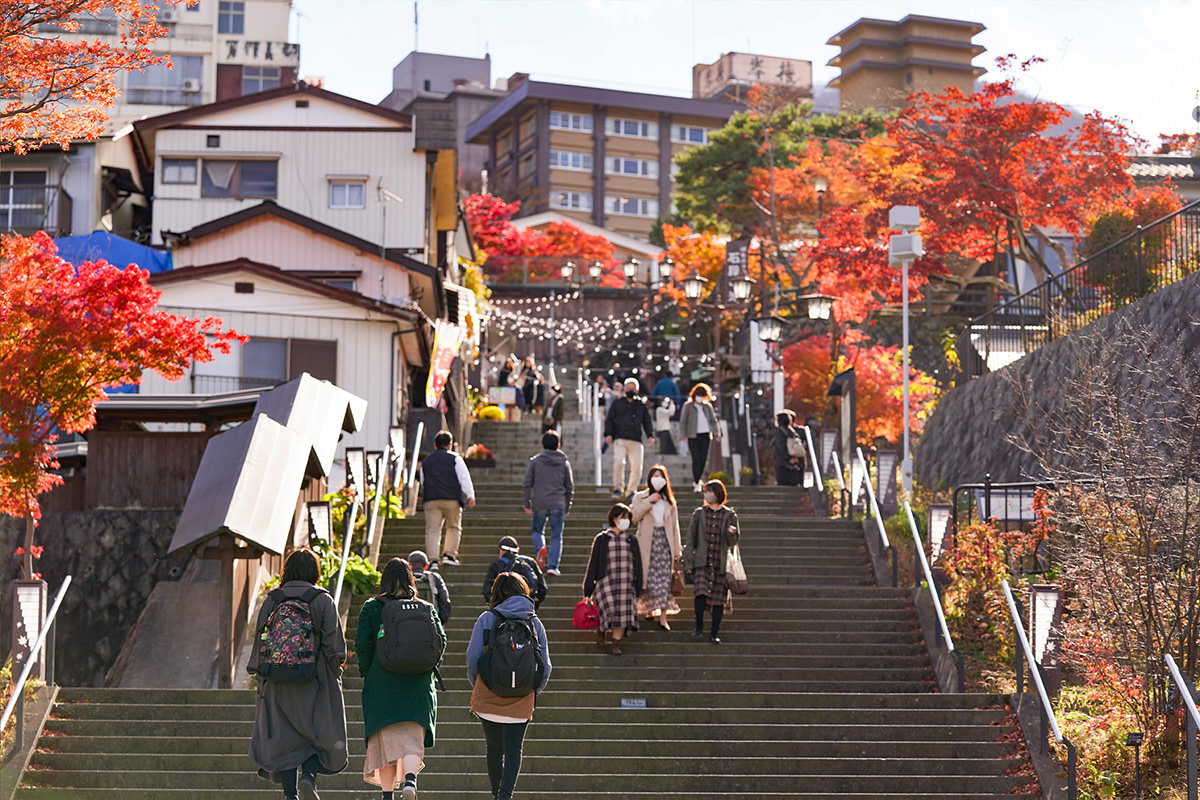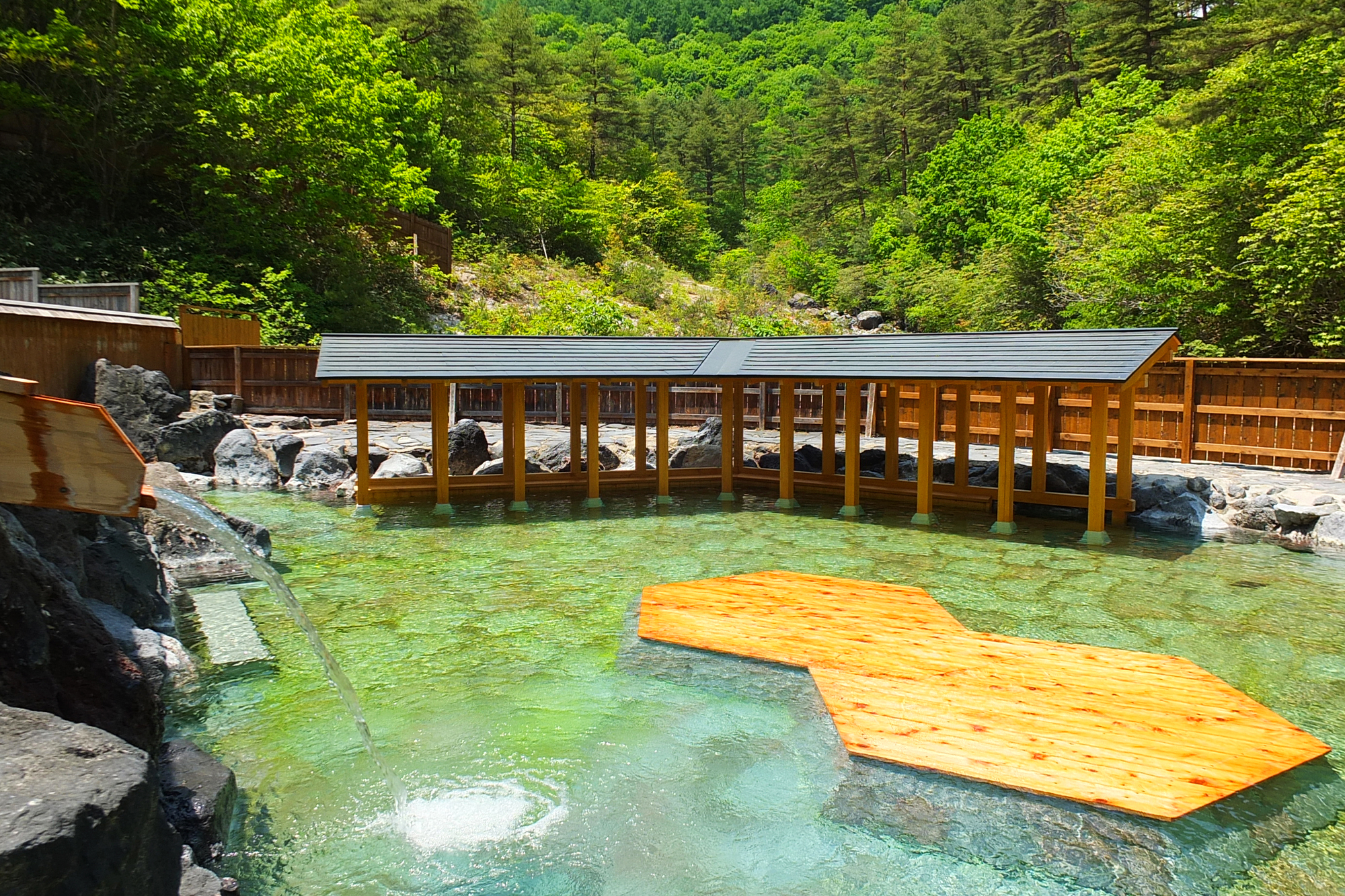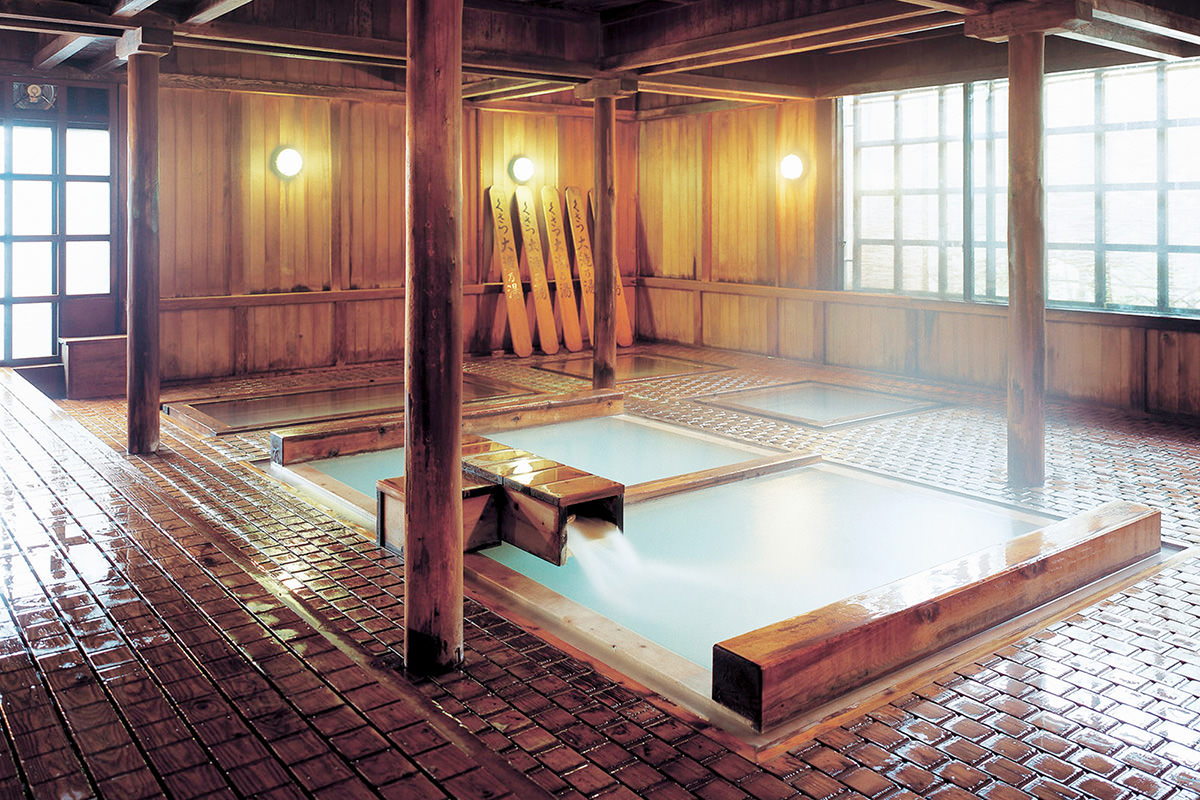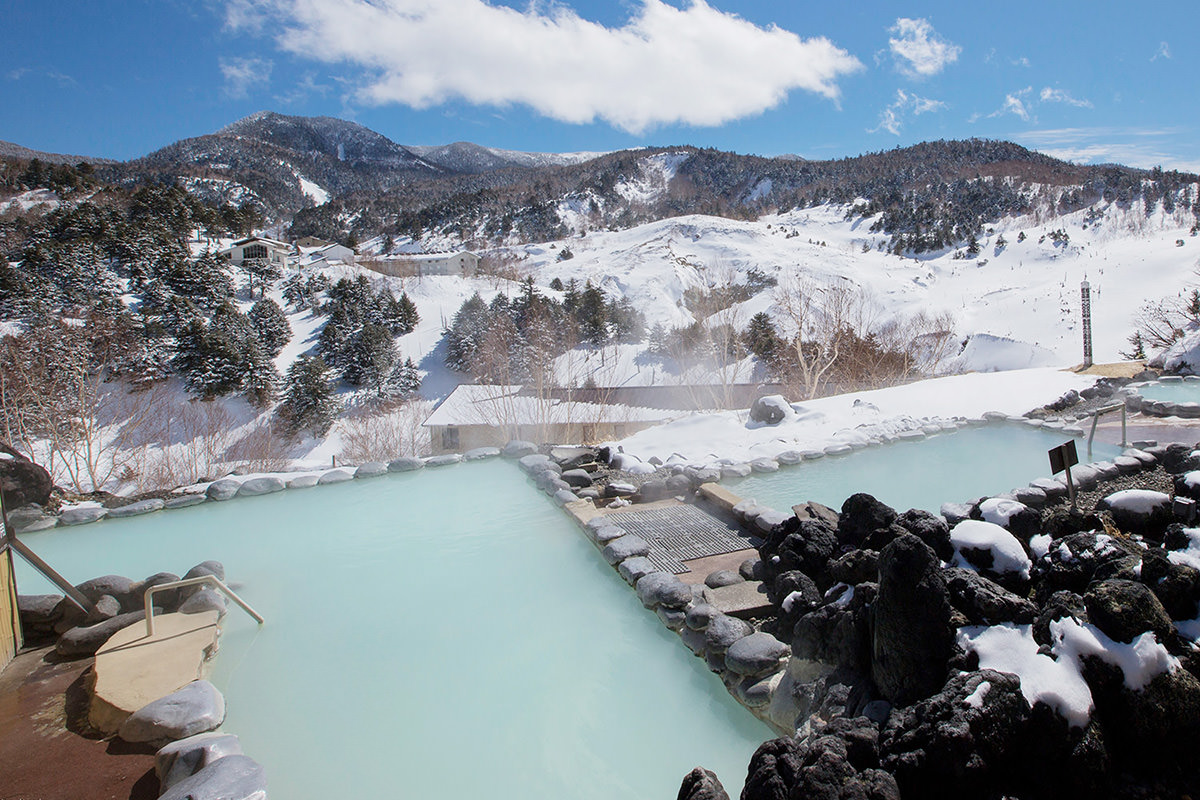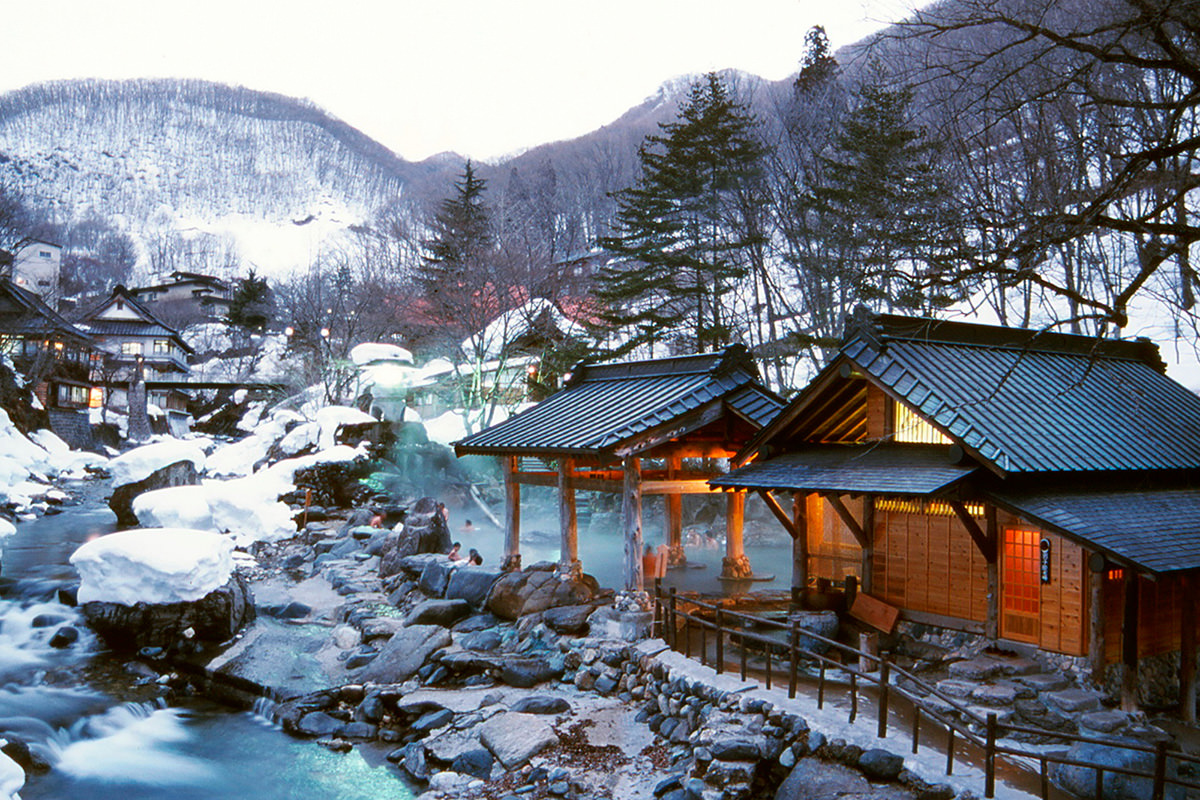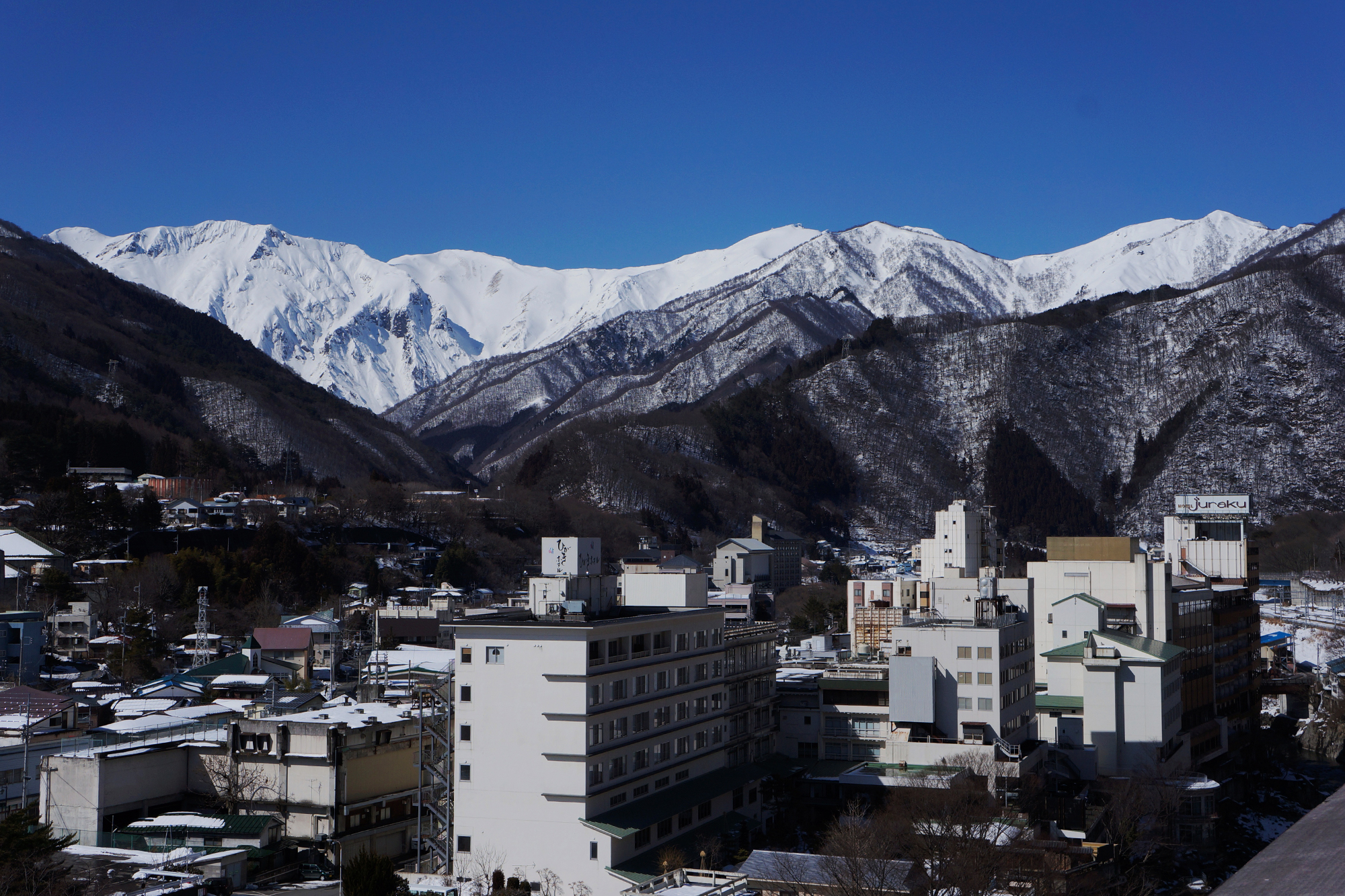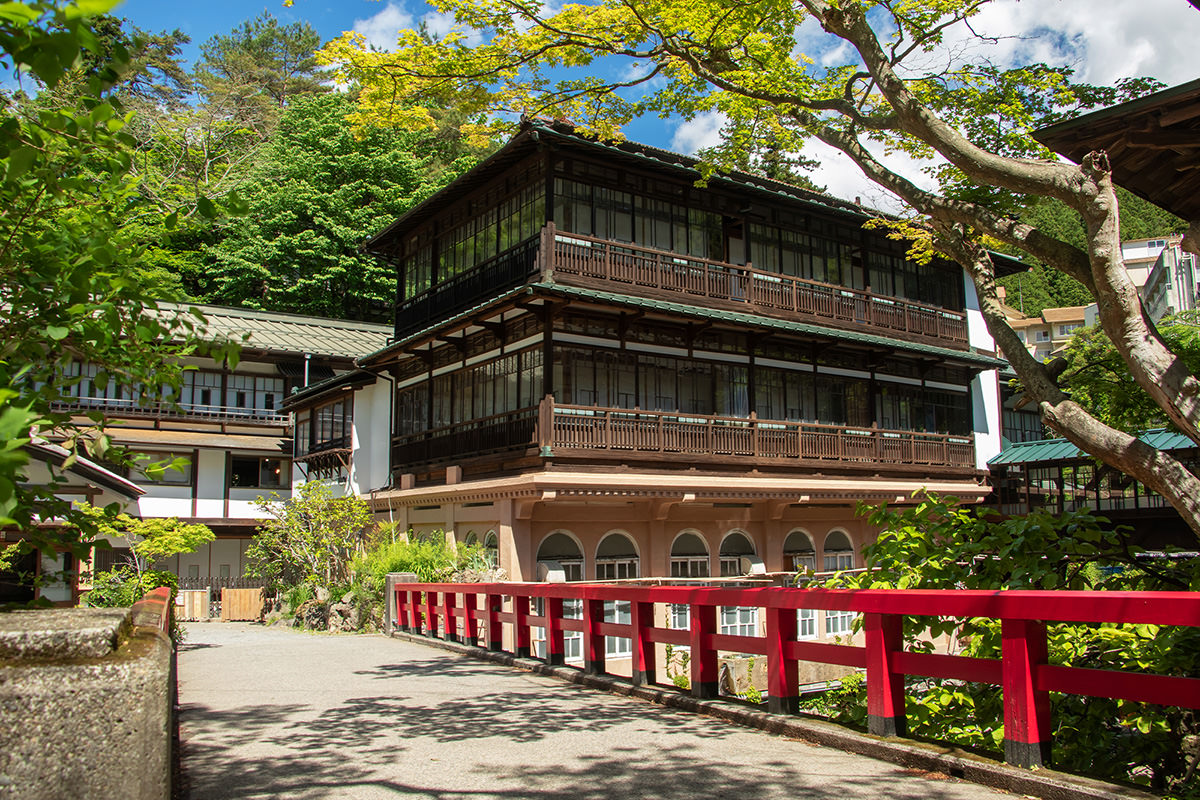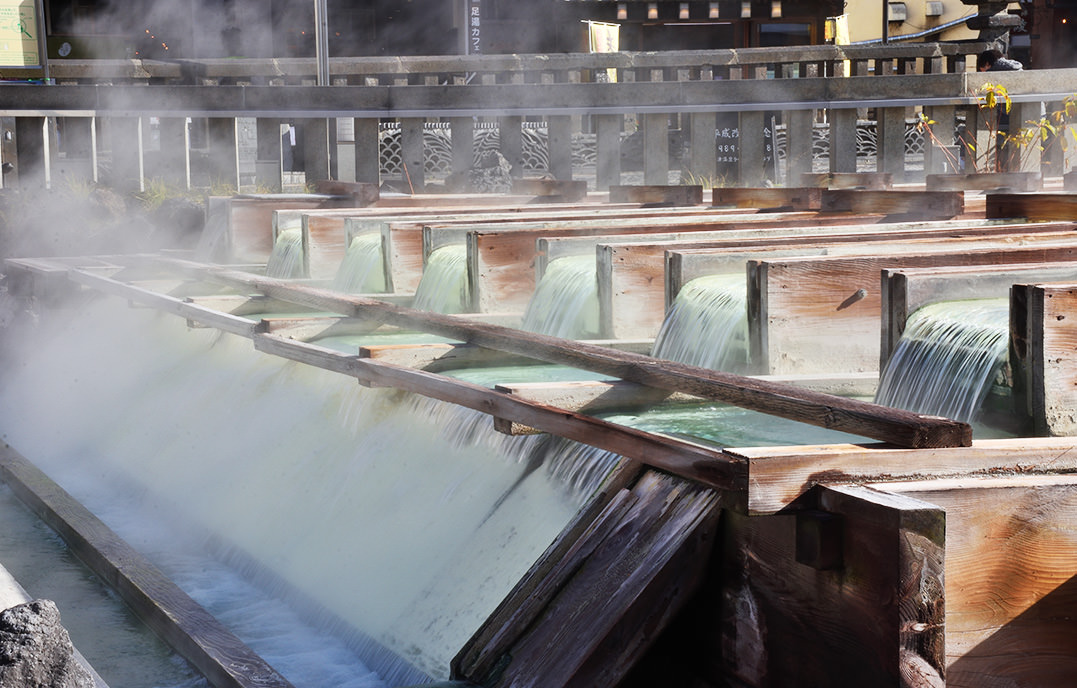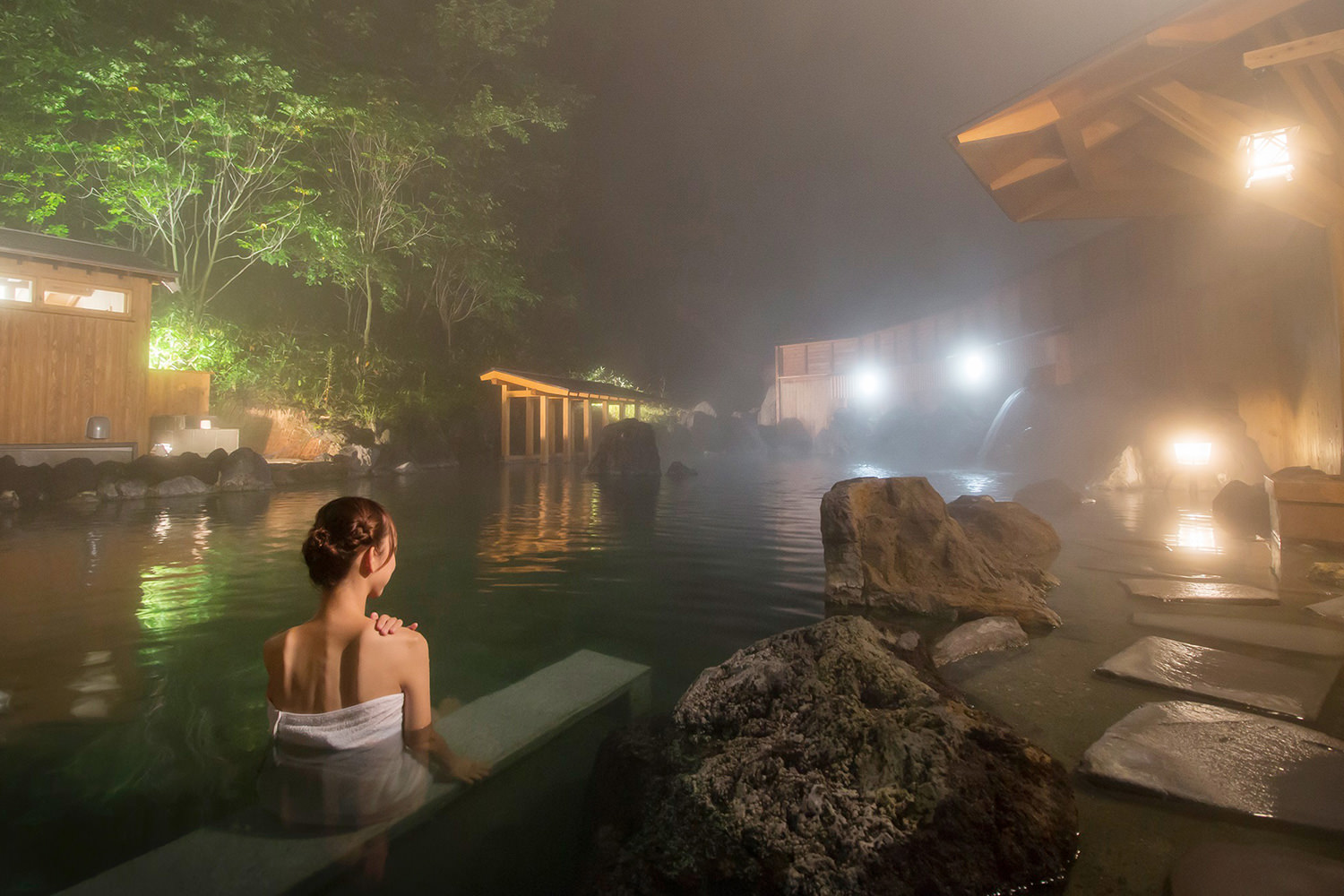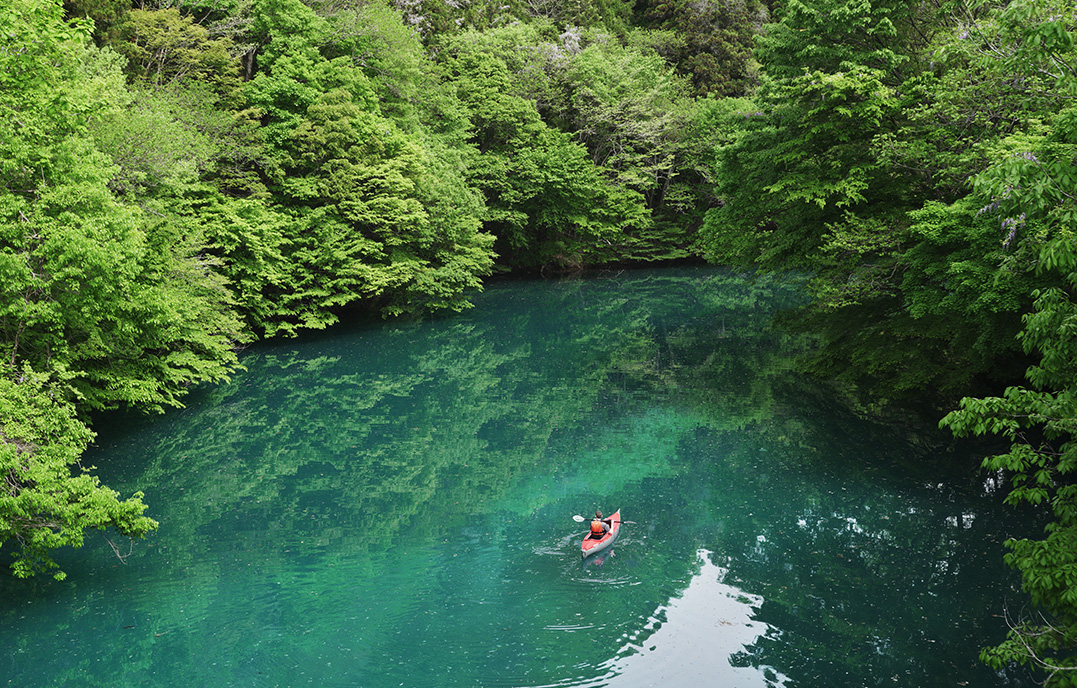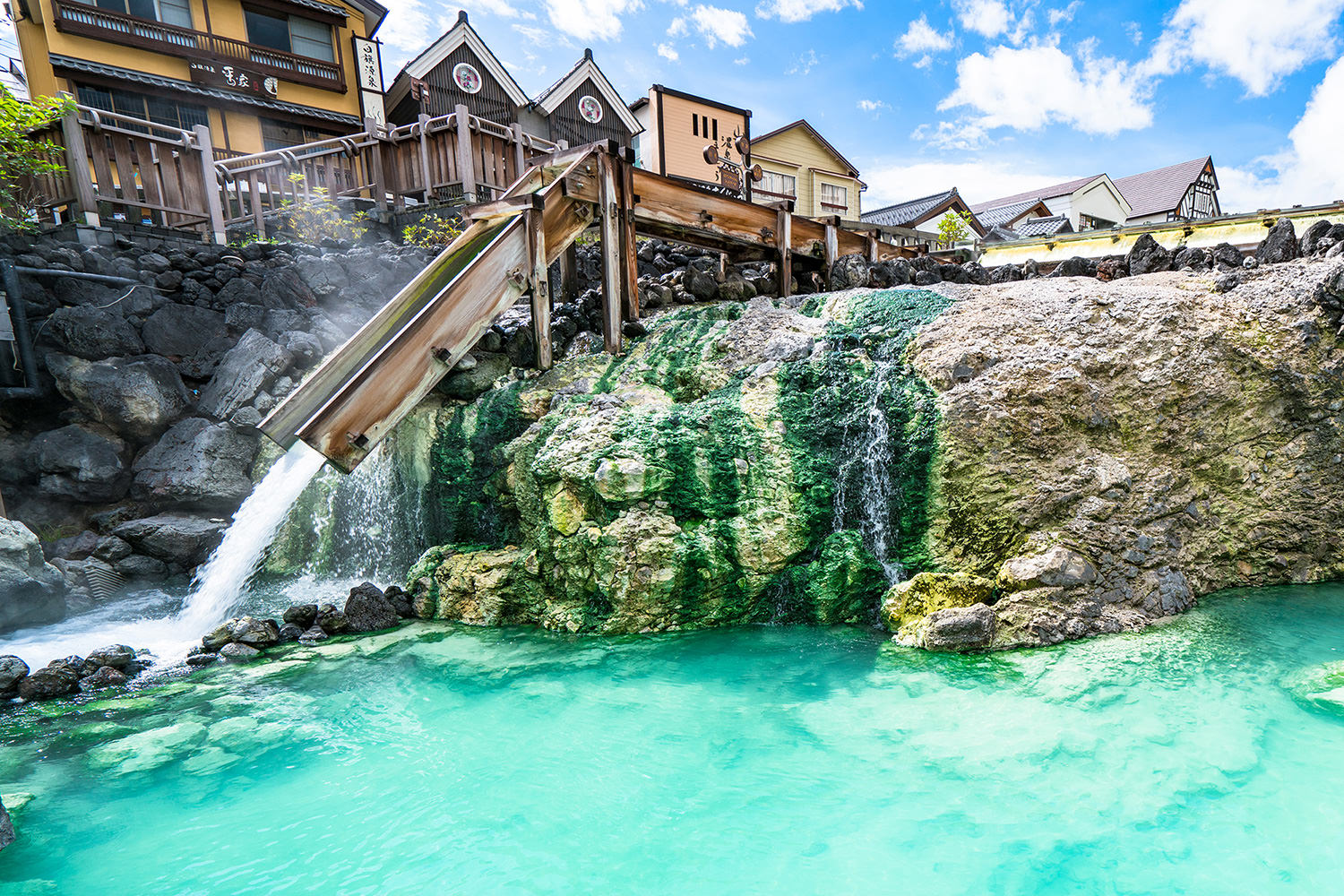STORY
Gunma's Onsen with International Appeal
With a wide range of bathing options and beautiful natural scenery, Gunma is an ideal onsen destination, even for first-timers

Last updated: March 07, 2025
Gunma is famous for the quality and variety of its onsen bathing spots. With abundant natural hot springs and striking scenery, the prefecture draws visitors from all over the world to relax in its soothing waters. Visiting a Japanese onsen for the first time might bring a mix of curiosity and apprehension. But as these experiences from onsen enthusiasts show, Gunma’s warm onsen baths and friendly hospitality quickly melt away any initial nerves. We asked international residents to describe the appeal of Gunma’s onsen and share some of their favorite bathing experiences.




























